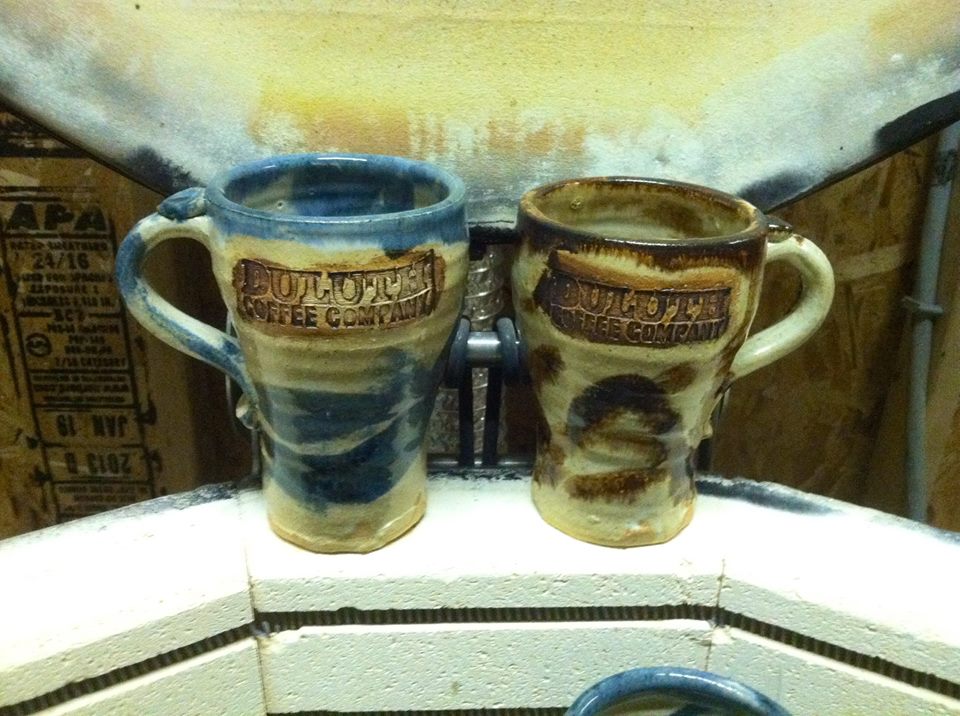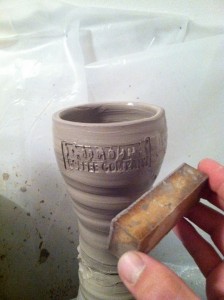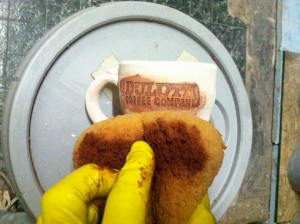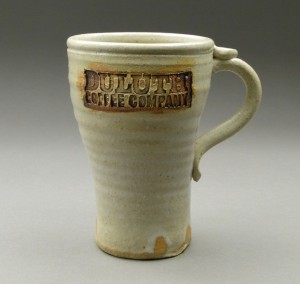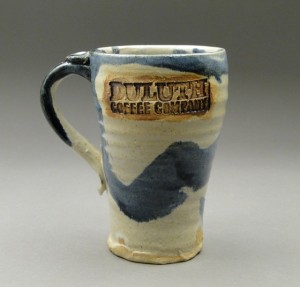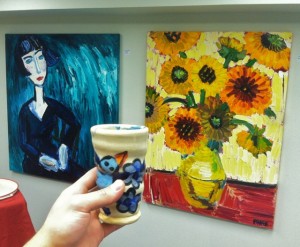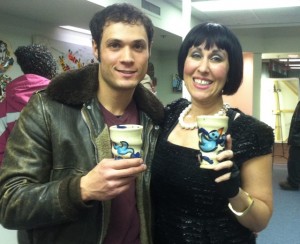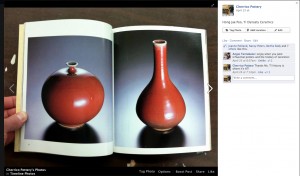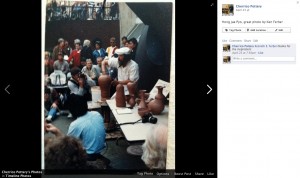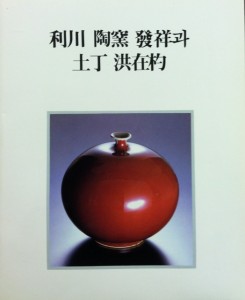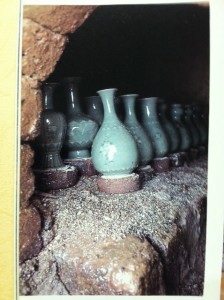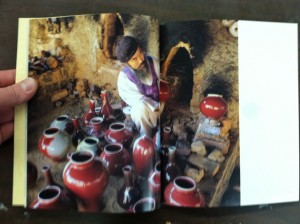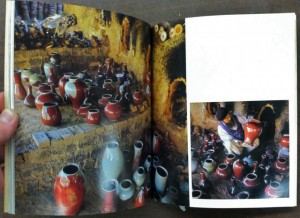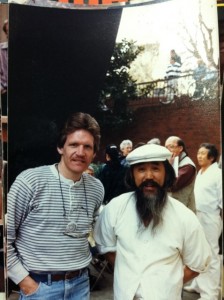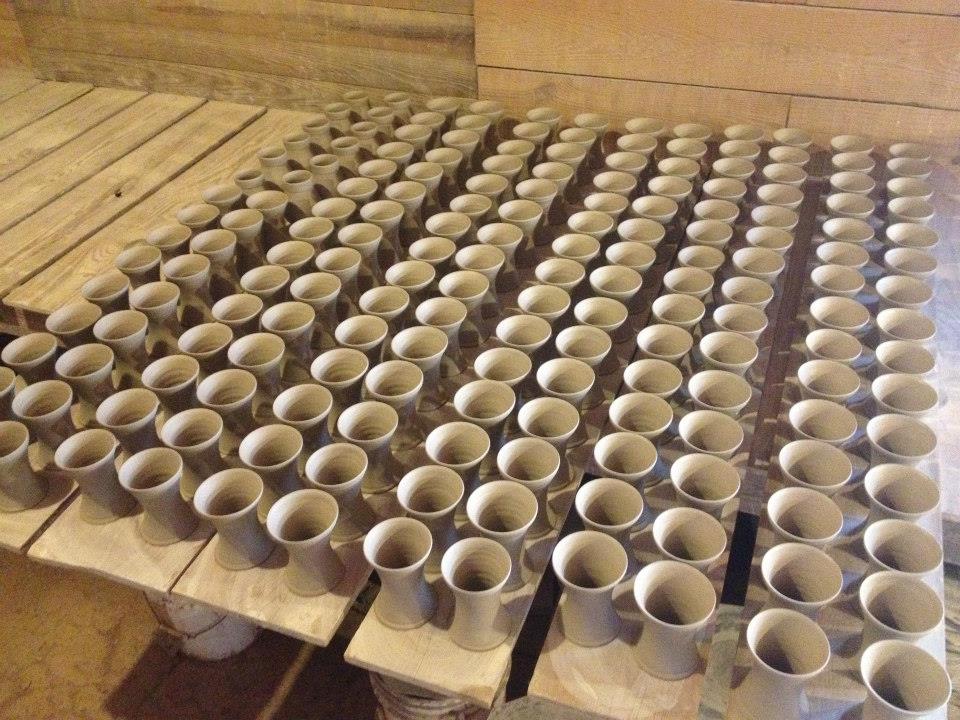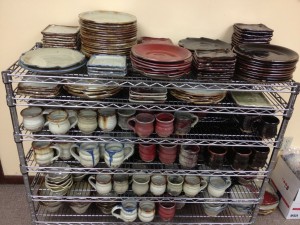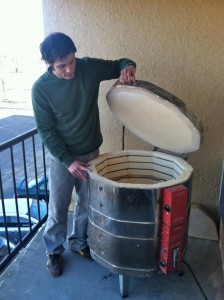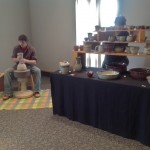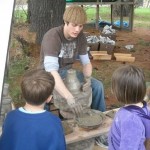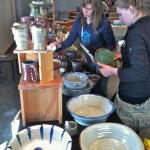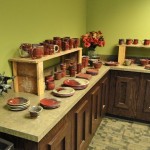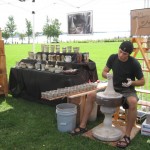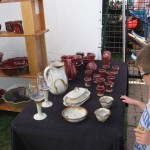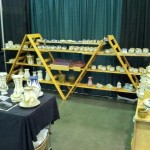“When asked about his chief concern as an artist and potter, he modestly replied, ‘I honestly do not know. I respond to something inside me and I do not know what I am doing until I have done it. The moment of completion is sharing with others. The work is from myself but not for myself.’”
– Jonathan L. Fairbanks, about Brother Thomas, October 2007, from “Remembering Brother Thomas Bezanson,” Pucker Gallery, Boston.
The moment of completion is an exciting part of the pottery process. My old college professor, Sam Johnson, used to say that unloading glaze kilns was like Christmas or Halloween. Either the pots turn out great and cause an adrenaline rush of excitement, or ugly, flawed glazes send you plunging into a pit of despair.
When good pots do come out of the kiln, the artistic process continues to the viewer or user of those pots. Brother Thomas created forms and surfaces with inherent beauty, and he knew that this beauty needed to be shared. His work is exhibited in museums and galleries across the world. Sharing artwork lets artists grow by collecting feedback from viewers. Potters generally do this in 2 ways: exhibition and sales.
I see a lot of common ground between good kiln openings, selling pots, and exhibiting art. They involve the culmination of hard work and reaping rewards. The experiences happen quickly and often bring good vibes that linger for hours. Last Friday, I shared three of these experiences in one, epic day. It’s also worth mentioning 381 miles of travel, which comes to $215 in tax deductions at $.565 per mile according to www.irs.gov.
8:00am Kiln Opening
I opened the Skutt kiln and pulled out about 70 mugs for Duluth Coffee Company, made with a hand carved stamp by Bruno Press. I spent an hour polishing the bottoms of 100 total mugs, packaged them in 5 clay boxes and loaded the car. After a morning of errands, I drove from St. Joseph to Duluth.
2:00pm Duluth Coffee Company Drop-off
Eric Faust, owner and roaster, met me with an awesome cup of fresh roasted coffee and a check. This was an order for re-sale, and it could revolutionize how I make new bodies of work for coffee shops. Last year, Eric worked with a potter that sold about 400 stamped mugs through his shop. The potter moved out of state and Eric has been searching for a potter to rejuvenate this project. I was lucky enough to meet him months ago, when visiting friends in Duluth and scouting coffee shops. I was even luckier when he offered to buy the mugs wholesale- the first time this has happen in my 3.5 years as a full-time potter.
Eric generously let me retain artistic freedom. Too often I have received requests for stamps, carvings, or colors that fall outside my aesthetic interests or capabilities. This project reflects Duluth Coffee Company’s philosophies about roasting and brewing signature, gourmet coffees for the local community.
8:00pm: Gallery Paige, Grand Opening
Paige Dansinger is a renowned painter and art historian who has exhibited internationally, including a show at the Guggenheim this past spring. We met coincidentally at Continental Clay supplier while she was buying machine-made plates and glazes to paint for a commission. I said, “It would be great if a potter could make plates for you” and she replied, “Well, do you make plates?” Also coincidentally, I was at Up Cafe performing pottery throwing demos, that day only. She saw me throw, saw the stack of 500+ pots in their space, and we caught the vibe that we need to team up.
In the 2 months I’ve known Paige, she’s come to my kiln space to paint on my pots, invited me to her studio to view her process and bring more pots, and opened a gallery. That’s right, she opened a gallery in the downtown Minneapolis Skyway mall!
Gallery Paige had the Grand Opening Friday. Dozens of her pieces graced the gallery walls as paint on canvas, painted plates, and her innovative #DrawArt displayed as video and projection. Artists and art collectors streamed in and out of the space for hours. I brought her the first 2 glazed, finished pots from our collaboration and we shared a toast to the next body of work! Her paintings are gorgeous and I feel honored to begin the process of making pots as canvases for such a renowned artist.
When I met Paige she said, “I want my paintings in museums all over the world, hanging next to Picasso.” I think she’s on track to live into that goal!
Photo by Paige Dansinger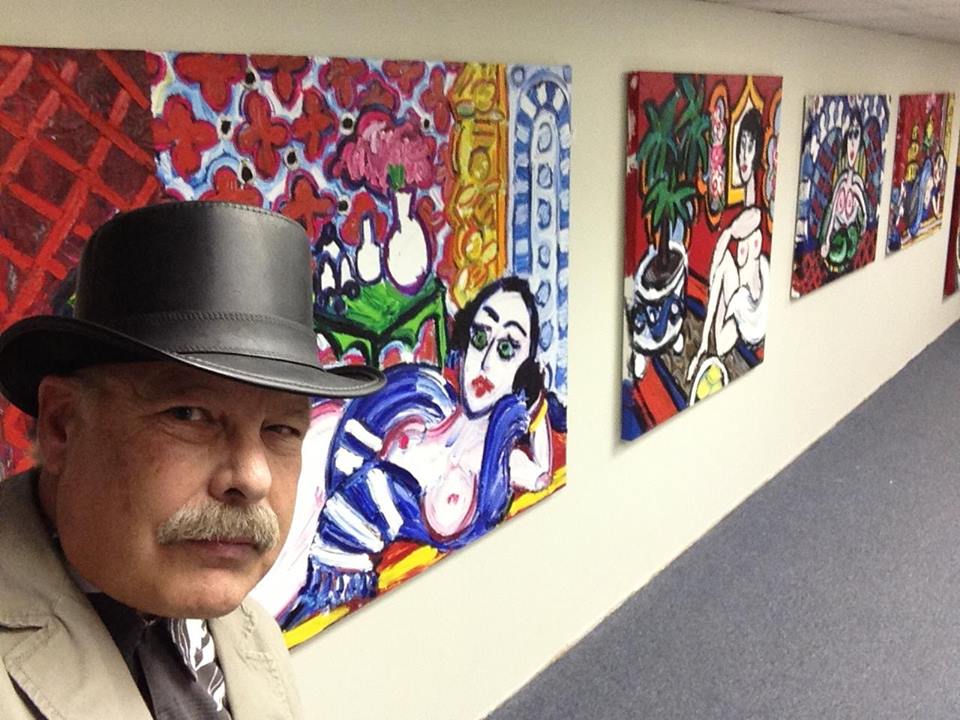
Photo by video artist Jim Mcallister. View some of our collaborative work here:

